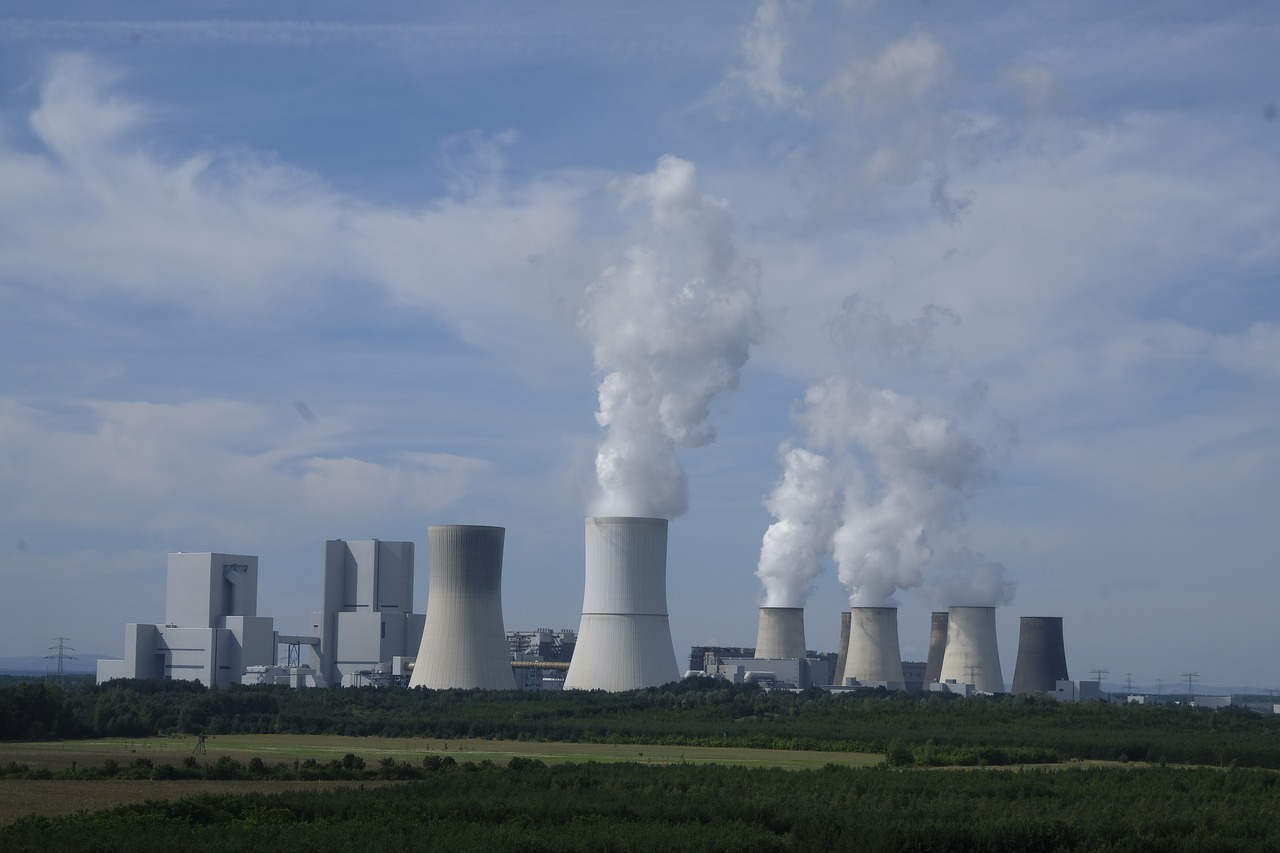IAEA and NEA-OECD discuss cooperation on key nuclear power topics
The Vienna-based IAEA and Paris-based NEA have a long-standing working relationship that dates back to the 1960s.

Experts from the IAEA and the Nuclear Energy Agency (NEA) of the OECD discussed cooperation on key nuclear power topics including climate change mitigation, the impact of COVID-19, advanced nuclear technologies and gender balance in the nuclear field during their recent annual coordination meeting.
“The world is at a turning point when it comes to energy production, climate change and sustainable development. The IAEA, thanks to its global membership, and normative and standard-setting competencies, has a fundamental role to play as an enabler of international cooperation on nuclear energy,” said Mikhail Chudakov, IAEA Deputy Director General and Head of the Department of Nuclear Energy, in his opening remarks. “We cannot succeed in this role without leveraging the power of key partnerships, such as the one we enjoy with OECD/NEA.”
The Vienna-based IAEA and Paris-based NEA have a long-standing working relationship that dates back to the 1960s. The two organizations have jointly cooperated on a variety of nuclear energy areas including the so-called Red Book – the world’s authoritative guide on uranium resources, published every two years. To avoid duplication and ensure coordination, the two organizations meet every year to map their way forward.
During this meeting, IAEA and NEA discussed the decarbonization approaches and the need for greater use of low-carbon nuclear power to ensure the global transition to clean energy. Both organizations are looking forward to their participation at the United Nations Climate Change Conference (COP26) in Glasgow, United Kingdom, this November, where they will highlight the critical role of nuclear power, together with hydropower, wind and solar, in meeting the climate change goals.
“It is time to act now to achieve the net-zero carbon emission goals set for 2030. As the largest source of clean energy in OECD countries, nuclear energy – together with variable renewables – can accelerate the energy transition towards meeting climate objectives during the post-Covid-19 economic recovery,” said William D. Magwood, IV, Director-General of the OECD/NEA). ”The NEA looks forward to continuing collaborating with the IAEA to advance global nuclear safety and technology. We also look forward to furthering dialogues as both organizations pursue gender equality in nuclear.”
Senior representatives of the two organizations also discussed opportunities for greater synergies with regard to supporting countries in the development and deployment of advanced nuclear power technologies, such as small modular reactors (SMRs). Recognizing the increasing global interest in SMRs, which is expected to become an option for flexible generation for a wide range of users and applications across the world, the IAEA recently established a platform to provide integrated support to the Member States on all aspects of SMR development, deployment and oversight.
“Both of our organizations engage to improve our collaboration in many areas of nuclear technology, nuclear science and nuclear safety. We have successfully carried out many joint activities, which are well appreciated by our Member States,” said Lydie Evrard, Deputy Director General and Head of the IAEA Department of Nuclear Safety and Security. Highlighting the need for developing risk communication strategies and engaging with all relevant stakeholders at every stage in the life cycle of nuclear facilities, Evrard mentioned the recent launch of an IAEA project called the Radiation Safety Navigator, a new tool for radiation professionals, regulators and other stakeholders interested in launching or improving communication activities related to radiation safety.
While the COVID-19 pandemic presented both organizations with challenges, new working methods were introduced to provide continuous support to plant operators and policymakers. The IAEA, for example, introduced the COVID-19 Nuclear Power Plant OPEX Network, to assess measures undertaken by all 32 countries with operating nuclear power plants and to discuss the impact on training activities and human resources policies in nuclear power plants.
The two agencies also touched on another area of common concern: gender balance, both within their organizations and in the wider nuclear field. A number of practical initiatives implemented by both the IAEA and OECD/NEA have been implemented to raise awareness, mentor and attract more young women to nuclear science and technology. One of them is the IAEA Marie Sklodowska-Curie Fellowship Programme, launched last year to support young women around the world in pursuing graduate degrees in the nuclear field, which saw the first 100 recipients of scholarships selected in November 2020.
- READ MORE ON:
- IAEA
- nuclear
- Nuclear Energy Agency
- COVID-19
- Mikhail Chudakov
- nuclear power
ALSO READ
Rafael Grossi's Crucial Mission: Easing the Nuclear Tension with Iran
Nuclear Dialogues: UN's Grossi Confronts Iran on Atomic Inspections
High-Stakes Nuclear Diplomacy: Rafael Grossi's Critical Visit to Iran
AI Revolutionizes Diablo Canyon's Nuclear Management
IAEA Confirms Japan’s Accurate Radiation Monitoring at Fukushima Daiichi, Ensuring Worker Safety During ALPS-Treated Water Handling










